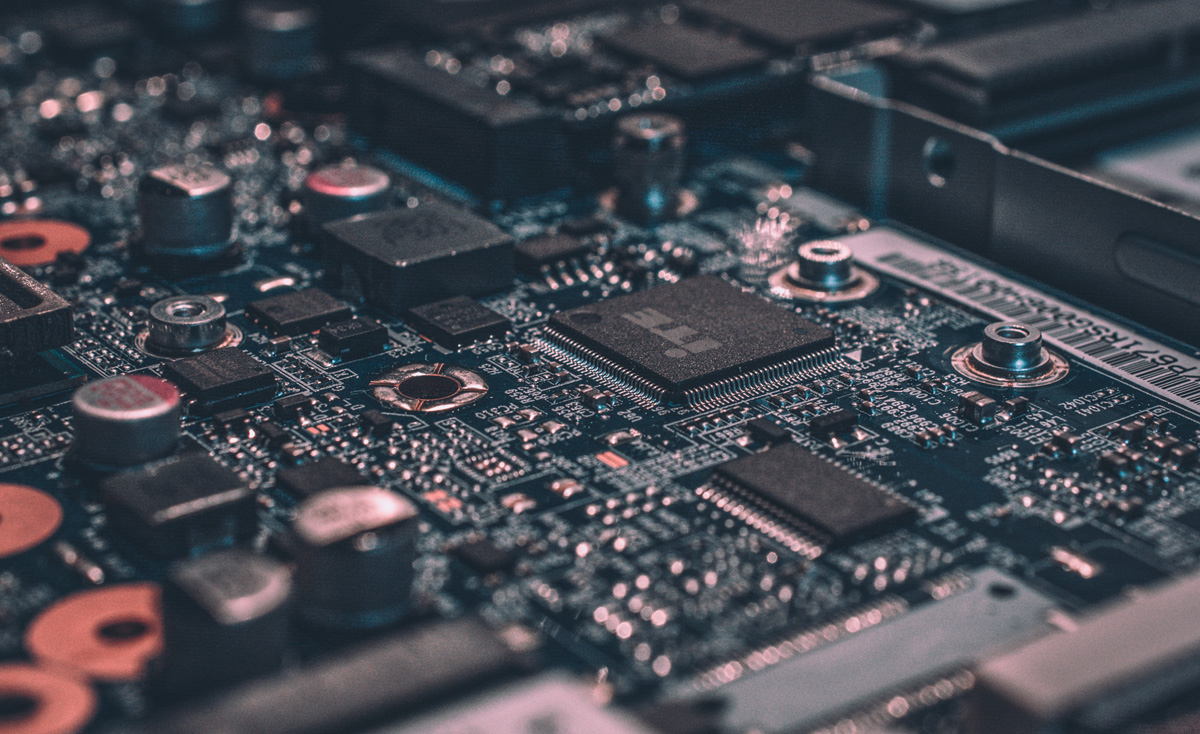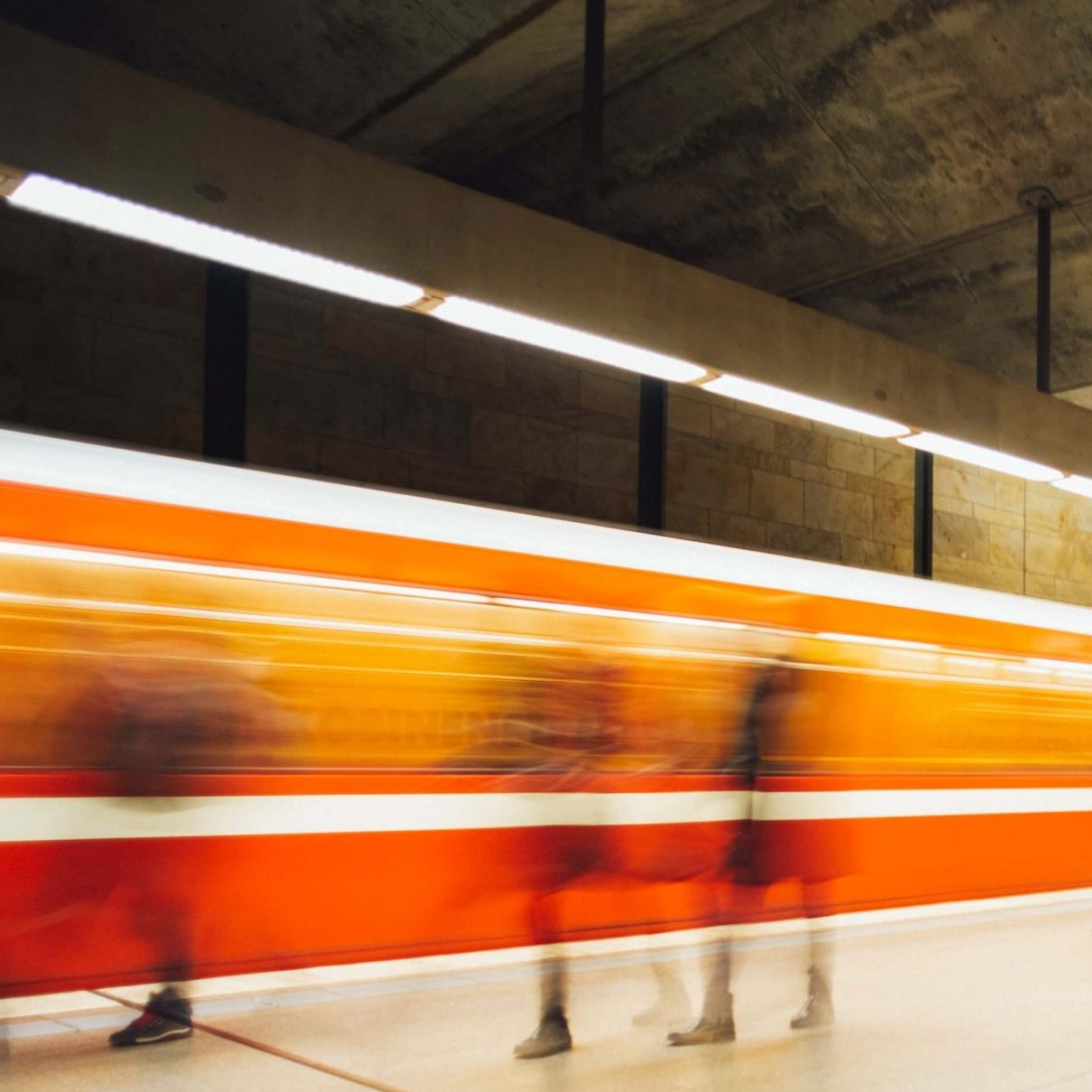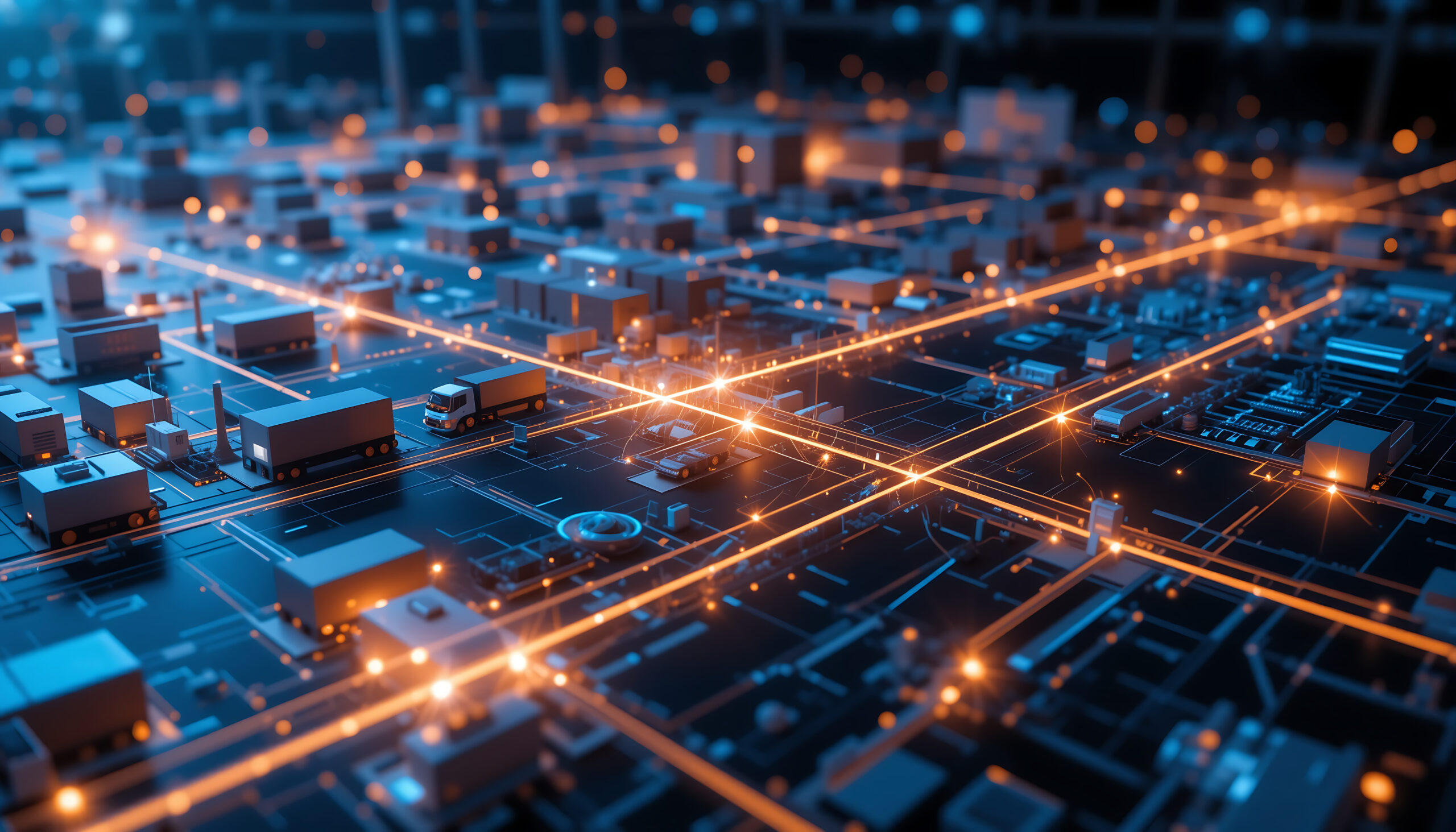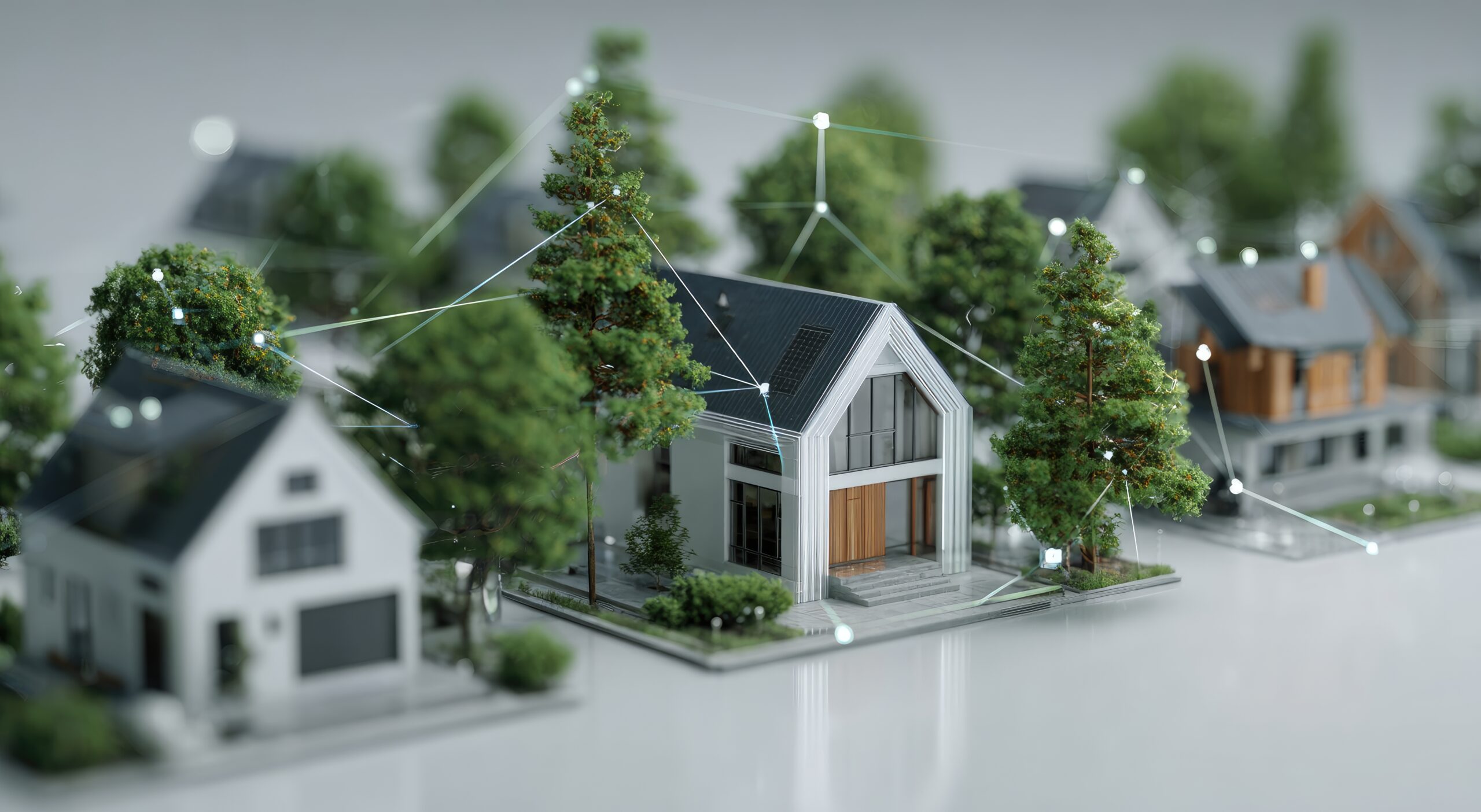Cities
Get to know the city

Technology will allow us to monitor activity in the city to make them more efficient.
One of the elements that define smart city is the use of information and communication technologies (ICT) and the Internet of Things (IoT) to address urban challenges.
This is making it possible to collect huge amounts of data for analysis and decision-making using Big Data and Artifice Intelligence techniques .
Networks and infrastructure have always been the lifeblood of cities. Nowadays networks and data structures perform a similar function but also allow us to measure everything and discover patterns that we did not know before.
The power of data not only helps to better plan public policies: it can also contribute to accelerating socio-economic changes. “In some cases, urban economies are able to skip some stages of development by implementing new technologies in the initial construction of infrastructure,” says UN-Habitat about it. Hong Kong and Singapore they would be two good examples of how the digitalization of infrastructure has helped to conquer higher levels of well-being to its citizens.
The digitalization of public services is also a window of citizen participation and, above all, the streamlining of procedures. To give an example, Estonia has to gala that absolutely all administrative matters can be solved online.
Any trade-offs? The digitization of citizens’ information poses the dilemma of security. Can the authorities guarantee the privacy of citizens, ensure that their data will be safe from misuse?








